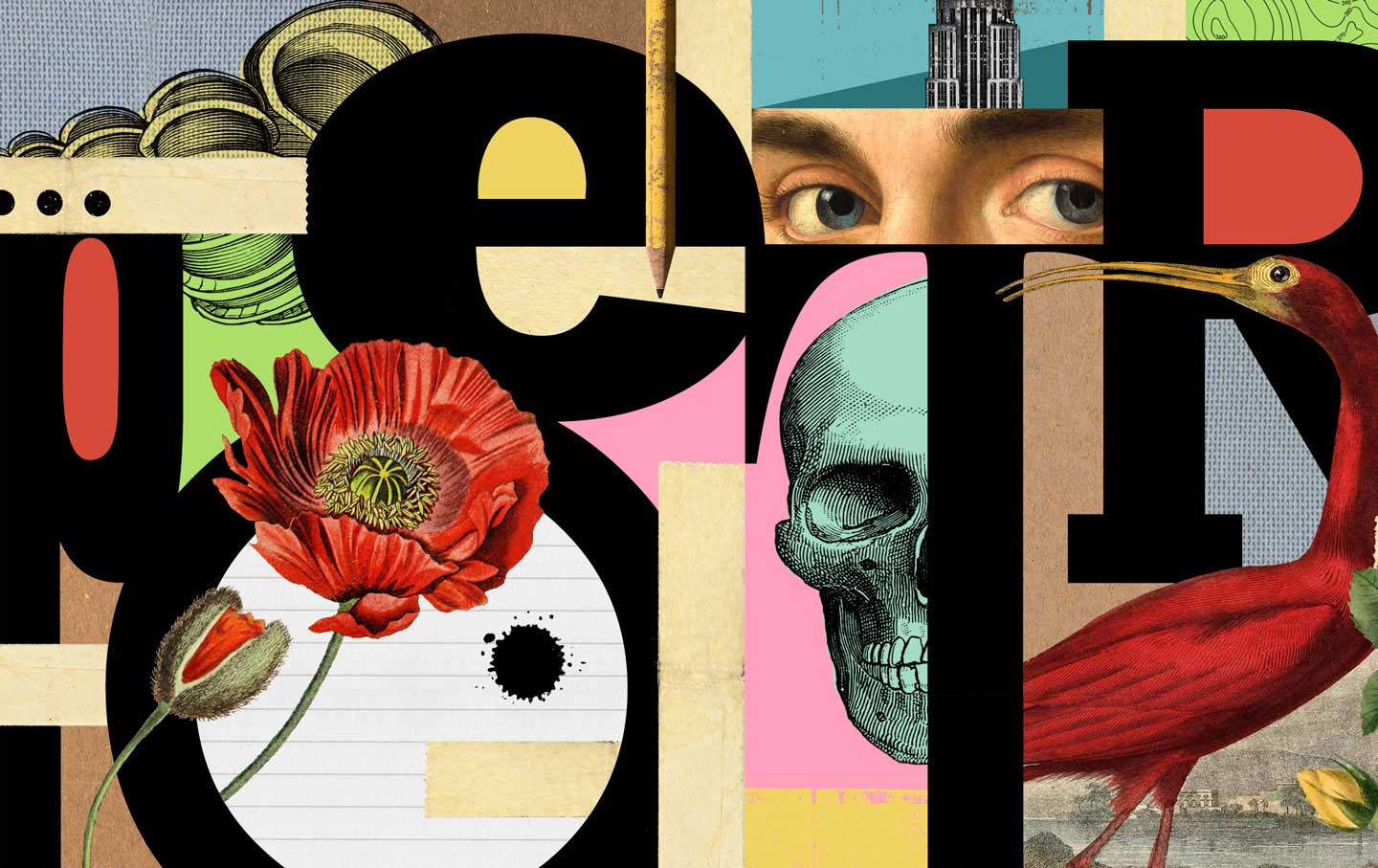Seeing Ourselves in Joni Mitchell
Ann Powers’s deeply personal biography of Joni Mitchell looks at how a generation of listeners came to identify with the folk singer’s intimate songs.
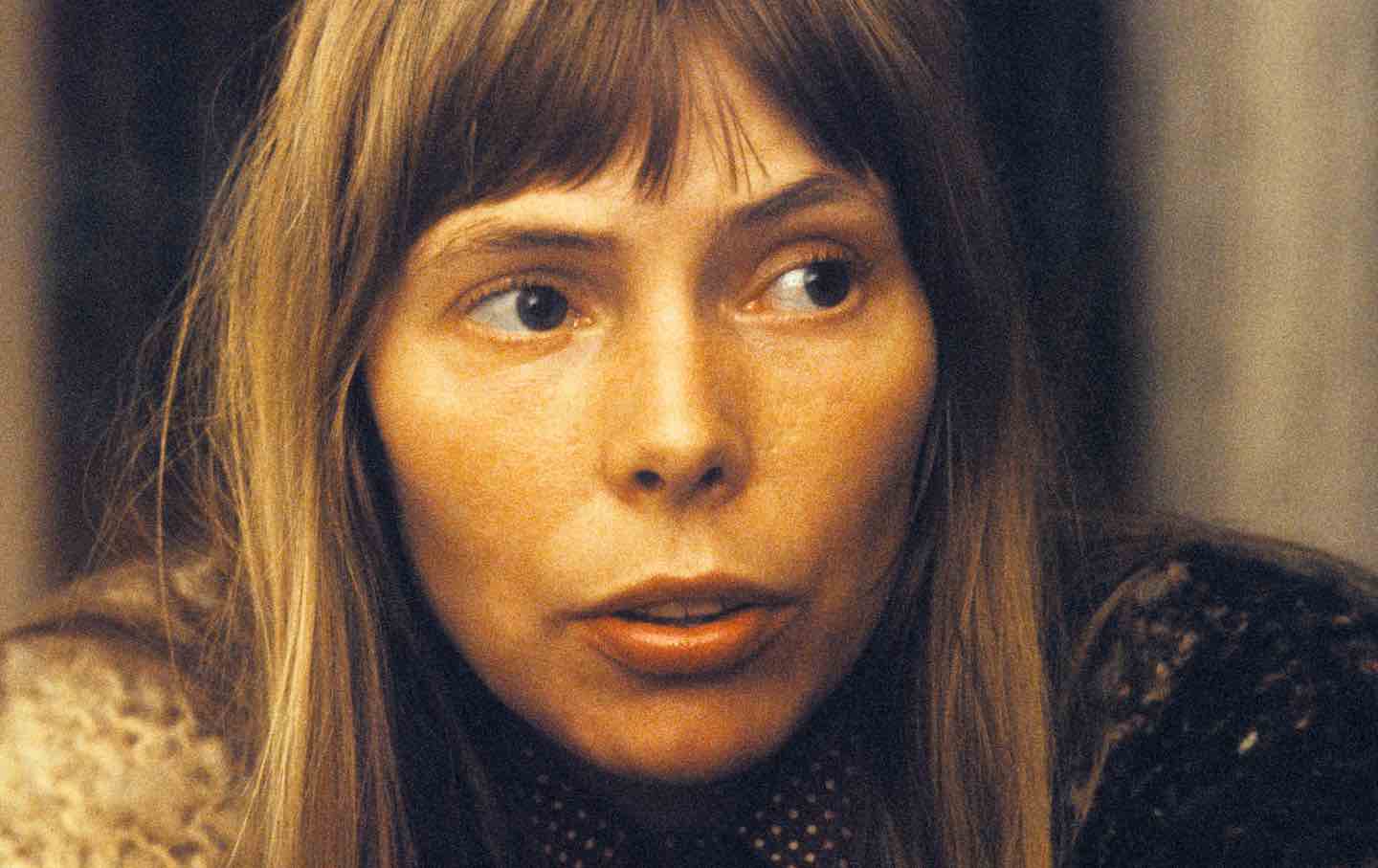
Joni Mitchell being interviewed in 1972 in Amsterdam, the Netherlands.
(Photo by Gijsbert Hanekroot / Redferns)
“Traveling in some vehicle, sitting in some cafe,” Joni Mitchell established a mise en scène of restless contemplation in the title song of her 1976 jazz-folk album Hejira. Finding transitory comfort in a state of melancholy, she sings, “I see something of myself in everyone just at this moment of the world.”
Books in review
Traveling: On the Path of Joni Mitchell
Buy this bookIdentification with the general public has not been a major theme of the 200 or so songs Mitchell has released since 1968. Her career hasn’t served as a model for the Taylor Swift scheme of songwriting as fan service, wherein the songs feel like photoshopped selfies of the people listening to them. Mitchell’s, by contrast, have directed her audience’s attention elsewhere: She has aimed for an identification with her, an inversion of the social physics of seeing yourself in others. Mitchell’s songs, deeply and poetically personal, offer a richness of meticulous particulars that, with no pandering or exaggeration, work through universal feelings. “If you see me in my songs and wonder about my life, then I’m not doing a good job,” Mitchell once said, as the critic Ann Powers quotes her in her intricately probing new book, Traveling: On the Path of Joni Mitchell. “If you see yourself, then I’m doing what I was meant to do.”
The driving idea of Powers’s book is that the author, a longtime music writer held in high esteem for her critical journalism (for The New York Times and the Los Angeles Times and in her current perch as the music critic at NPR) and books (on artists and subjects as varied as Kate Bush, American bohemia, and the sexual currents in pop music), sees more than a little of herself in Joni Mitchell. It’s a view Powers came to over time, after years of listening to and thinking about Mitchell’s music and researching her life through interviews with many of her famous contemporaries, rivals, collaborators, and lovers, some of whom—such as James Taylor, Leonard Cohen, Graham Nash, and David Crosby—played all four of those roles in the overlapping circle game of Mitchell’s career. Powers came to relate to Mitchell in multiple ways: as the only daughter of middle-class parents inclined to uncertainty, as a woman redefined by adoption (Mitchell having given up a baby for adoption, Powers a mother through adoption), as a woman asserting herself in a sphere dominated by men, and as a cerebral adventurer who resisted reductive classification.
“As I listen to Joni’s songs that touch on childhood,” Powers writes, “the two kids who play hide-and-seek within them—the pretty, carefree waif picking off the petals on a flowering weed and the red-faced troublemaker yelling at her mother in the doorway—stop what they’re doing and turn to look at me. Yes, I recognize them. They live, in other versions, within me.”
A bit later in the book, in a section on Mitchell’s circuitous navigation through the music world, she reflects, “Why would a woman want to be the odd one out in a boy’s world? Well, power, obviously. The power of having been designated the exception. I have experienced this myself many times as a music writer coming up in various rock undergrounds.”
Conceptually, then, Traveling belongs in the small but slowly growing family of ruminative biographies by authors who take up biographical subjects along with their biographer selves as secondary subjects, illuminating the objects of their inquiry by reflecting upon them while considering the ways they as authors reflect aspects of the lives they’re writing about. The biographer Kathryn J. Abajian, in her study of the mid-century painter Ella Peacock, First Sight of the Desert, drew parallels between Peacock’s and her own stagnation in marriage and its damage to her work. Olivia Laing’s To the River: A Journey Beneath the Surface examined Virginia Woolf by tracing the path of the Ouse river, in which Woolf died, and mapping it against the courses in her own path as a biographer. Adding one more element of biographical intersection, Ada Calhoun took up three entwined subjects: herself, her father (the writer Peter Schjedahl), and his early artistic idol in Also a Poet: Frank O’Hara, My Father, and Me. Of course, it has long been a trope of the biographical art that all biographers are ultimately, if unknowingly, writing about themselves. Authors overtly addressing both their subjects and themselves are at least clear about what they’re up to.
As the title suggests, Traveling is largely about the taking of journeys—and not only literal travels, in the serpentine course of Mitchell’s life from her childhood in the snowy environs of Saskatoon, Canada, through important visits to Greenwich Village and Coconut Grove, Florida, to the communes of Laurel Canyon that defined Mitchell for a while (and which Mitchell, in turn, defined) to the tonier, hissing lawns of Los Angeles, which she ended up, finally, calling home. In Powers’s framing, Mitchell’s work has been a product of intellectual, emotional, and social traveling that maps loosely over the course of her physical vagabonding. “Your life becomes a travelogue full of picture postcard charms,” Mitchell sings in “Amelia,” a paean to the lost hero of early aviation and the temptations of her own wanderlust, from Hejira. The title for that album was derived from the Arabic term for Muhammad’s journey out of Mecca to Medina, marking the beginning of the Islamic era. Mitchell found the word in a dictionary, Powers tells us, and embraced its translation to “pilgrimage.” Once again, Powers employs a biographical trope, the life as a journey. But she sets it up mainly to complicate it, and avoids reducing places to picture postcards.
Mitchell made what constitutes a pilgrimage to Greenwich Village in her first years as a folk-ish songwriter and singer clearly emulating her predecessor, the “folk queen” Joan Baez. She didn’t let herself get subsumed by the cutthroat bohemianism of the Washington Square careerists, though; there was “just too much game there, all the energy spent on feeling immortally important,” Powers writes. Mitchell left the Village and took a less-traveled path to its southern Florida approximation in Coconut Grove, a tourist-brochure collage of tiki bars, Cuban dance clubs, and coffee houses. Mitchell connected meaningfully there with David Crosby, recently cast out from the Byrds, through a lesser-known musician named Bobby Ingram. In her pilgrimage to the various sites of Mitchell’s travels, Powers tracked down Ingram, still living in the Grove.
Powers has a sharp eye for detail and a lyric-lover’s appreciation for concision; the passage describing her visit to Ingram is just one of many tight, vivid narrative playlets in her book. She drove through “the thick weave of palm trees encroaching the bungalow,” and entered “through a storm-sturdy wooden door” to find Ingram waiting. He “sat in the enclosed porch off the living room, surrounded by knicknacks. White thatchy hair, rumpled plaid shirt, big smile; he was settling into the remembering phase of his life.”
Here and throughout her smart, exquisitely crafted book, Powers takes what her sources told her and filters it discriminately through her deep knowledge of Mitchell’s life and work, American musical culture, and popular culture more broadly. She never lets an inflated claim float unpunctured and declines to tell an over-told tale one more time. Ingram, for instance, launched into an account of how Mitchell’s beauty and charm had gotten Crosby all weak in the knees. “This part of our conversation didn’t really interest me,” Powers writes. “Crosby had been dining out on his tale of being run over by Mitchell’s charisma at the Gaslight for so many years he could have opened his own Joni-themed restaurant.” (Just a few months before Crosby died early last year, I interviewed him myself by phone; the subject was the Beatles’ influence on the Byrds, and he found a way to work in how he had “discovered” Joni Mitchell.) More intriguing to Powers was “the musical openness of that time and place”—a free, expansive approach to creativity that Mitchell relished and carried into the ever more expansive music she would come to make.
Readers of Traveling should expect careful unraveling of the layers of meaning and effect in Joni Mitchell’s music, and they’ll get it. Powers devotes four full pages to “River,” a song on Mitchell’s most beloved album, Blue, without an excess adjective. “Its core of cool, formed by the lipid melody and floating rhythm and a chorus built around the hushed word ‘wish,’ prevents full immersion in any one emotion,” Powers argues. “‘River’ resists catharsis, even resolution. It takes up the problem of sadness, instead of creating a comfortable place for it.” Powers understands the way the music works—how the “tight circle of a melody” and simple chord changes, “restrained by a stern quarter note,” conjure a biting kind of sadness—and how the evocation of such feelings in the setting of Christmastime works as a demand for “the right to negative emotions.” Not since David Yaffe’s musically acute biography, Restless Daughter, has a writer taken on Joni Mitchell’s intricate and cryptic songs with such surety.
Powers is especially strong on the music most in need of clearheaded reconsideration: the jazz-fusion albums Mitchell made in the late 1970s (Don Juan’s Reckless Daughter and Mingus) and the string of synthesizer-heavy experimental pop records that followed in the ’80s, after she signed with her manager’s new company, Geffen Records, and found a new collaborator and husband, the multi-instrumentalist Larry Klein (Wild Things Run Fast, Dog Eat Dog, and Chalk Mark in a Rain Storm). Powers casts the former in fresh context, pointing out that Mitchell’s peers in Black pop, such as Stevie Wonder and Marvin Gaye, employed elements of fusion at the same time without being chastised for overreaching, as Mitchell was. And she gives the bouncy electronic records Mitchell made in collaboration with Klein their due as infectious products of a (mostly) happy time in Mitchell’s romantic life. “She experimented with pastiche, electronic manipulation and a vocal style grounded in something very different from the acrobatic virtuosity of her youth,” Powers allows. “She was immersed in new processes alongside her partner, a mutual promise to create, create, create.”
Popular
“swipe left below to view more authors”Swipe →When Mitchell was stricken by a brain aneurysm in 2015, the long-term impact on her ability to create was unclear. It took more than seven years of medical attention, support from her many friends and fans, and sheer will for Mitchell to recover well enough to reappear in public and perform in steely, halting triumph at the 2022 Newport Folk Festival. Made possible through the ardent dedication of Mitchell’s mentee Brandi Carlile, the Newport show was recorded for a 2023 album that earned a Grammy and led to Mitchell’s grand comeback appearance on the award broadcast earlier this year, performing “Both Sides Now” on a resplendent throne. Powers, like her fellow Joni scholar Michelle Mercer, found something about Mitchell’s reemergence discomforting, and I have found it unsettling too. “The aneurysm, escalating the inevitable decline of aging, had changed her,” Powers writes in the final pages of Traveling. “The new, soft face she was showing the world disconcerted me.”
After years of seeing something of ourselves in Joni Mitchell, it’s not easy to watch her today and see a reminder of our own fragility.
Disobey authoritarians, support The Nation
Over the past year you’ve read Nation writers like Elie Mystal, Kaveh Akbar, John Nichols, Joan Walsh, Bryce Covert, Dave Zirin, Jeet Heer, Michael T. Klare, Katha Pollitt, Amy Littlefield, Gregg Gonsalves, and Sasha Abramsky take on the Trump family’s corruption, set the record straight about Robert F. Kennedy Jr.’s catastrophic Make America Healthy Again movement, survey the fallout and human cost of the DOGE wrecking ball, anticipate the Supreme Court’s dangerous antidemocratic rulings, and amplify successful tactics of resistance on the streets and in Congress.
We publish these stories because when members of our communities are being abducted, household debt is climbing, and AI data centers are causing water and electricity shortages, we have a duty as journalists to do all we can to inform the public.
In 2026, our aim is to do more than ever before—but we need your support to make that happen.
Through December 31, a generous donor will match all donations up to $75,000. That means that your contribution will be doubled, dollar for dollar. If we hit the full match, we’ll be starting 2026 with $150,000 to invest in the stories that impact real people’s lives—the kinds of stories that billionaire-owned, corporate-backed outlets aren’t covering.
With your support, our team will publish major stories that the president and his allies won’t want you to read. We’ll cover the emerging military-tech industrial complex and matters of war, peace, and surveillance, as well as the affordability crisis, hunger, housing, healthcare, the environment, attacks on reproductive rights, and much more. At the same time, we’ll imagine alternatives to Trumpian rule and uplift efforts to create a better world, here and now.
While your gift has twice the impact, I’m asking you to support The Nation with a donation today. You’ll empower the journalists, editors, and fact-checkers best equipped to hold this authoritarian administration to account.
I hope you won’t miss this moment—donate to The Nation today.
Onward,
Katrina vanden Heuvel
Editor and publisher, The Nation
More from The Nation
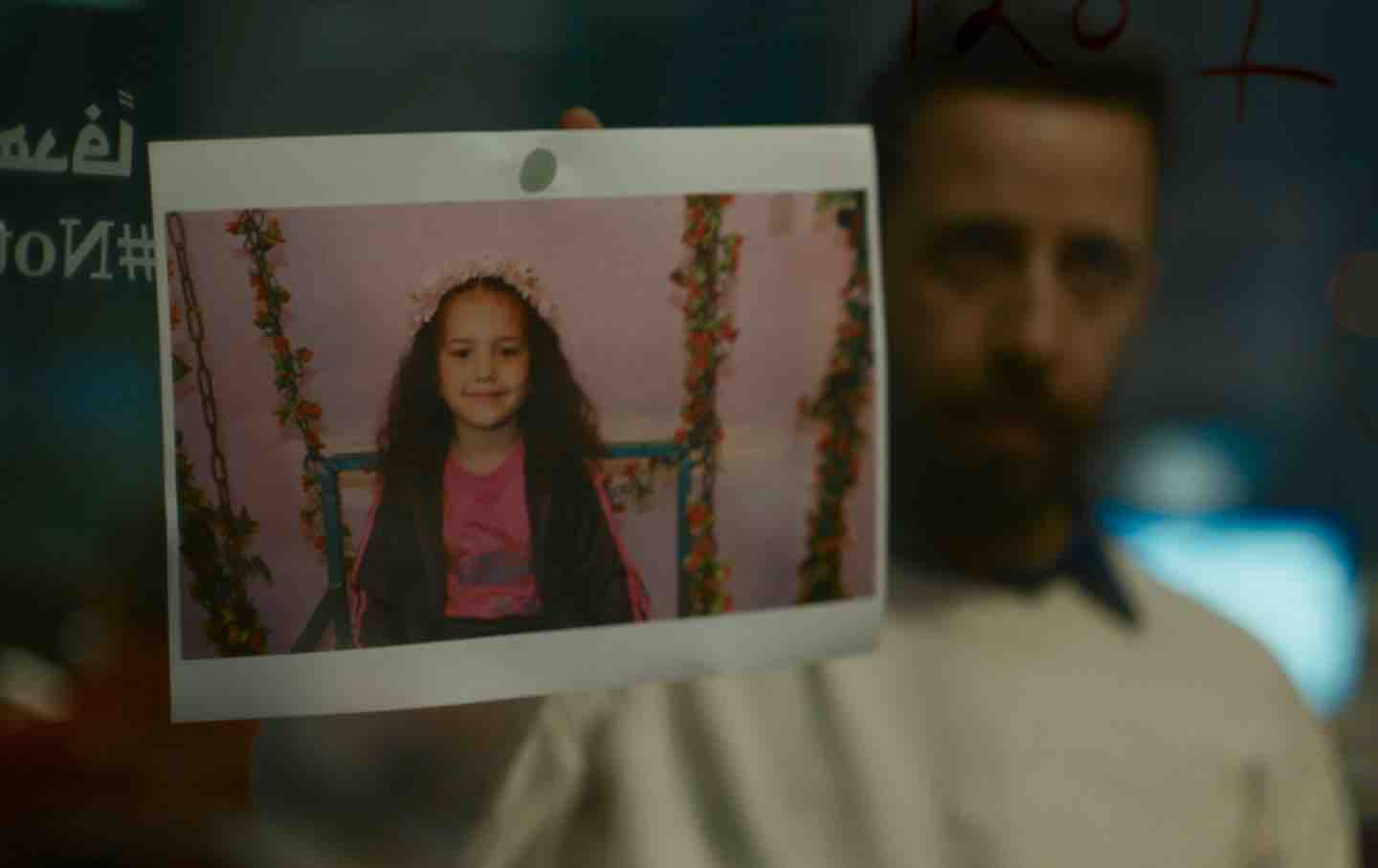
Why “The Voice of Hind Rajab” Will Break Your Heart Why “The Voice of Hind Rajab” Will Break Your Heart
A film dramatizing a rescue crew’s attempts to save the 5-year-old Gazan girl might be one of the most affecting movies of the year.
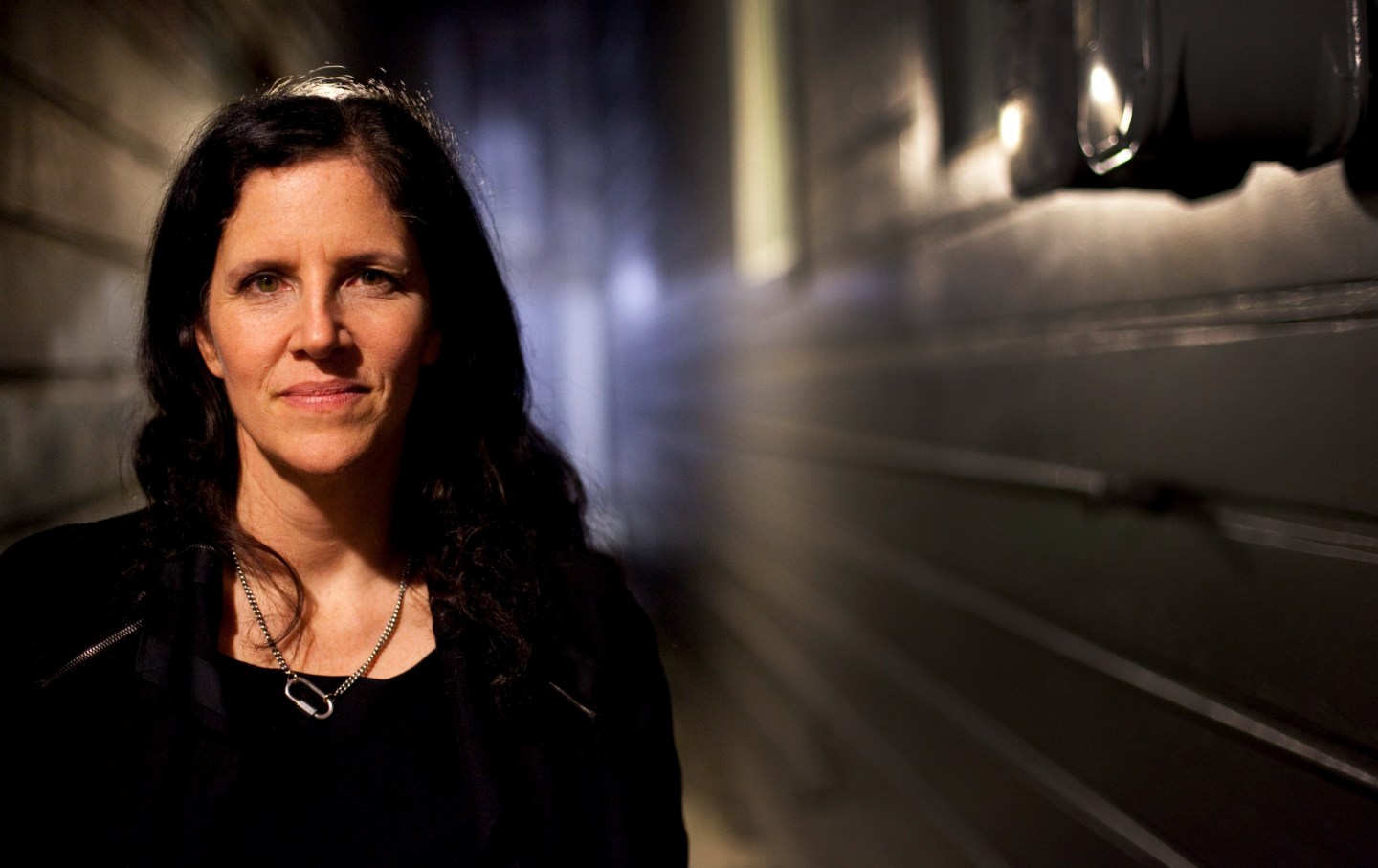
How Laura Poitras Finds the Truth How Laura Poitras Finds the Truth
The director has a knack for getting people to tell her things they've never told anyone else—including her latest subject, Seymour Hersh.
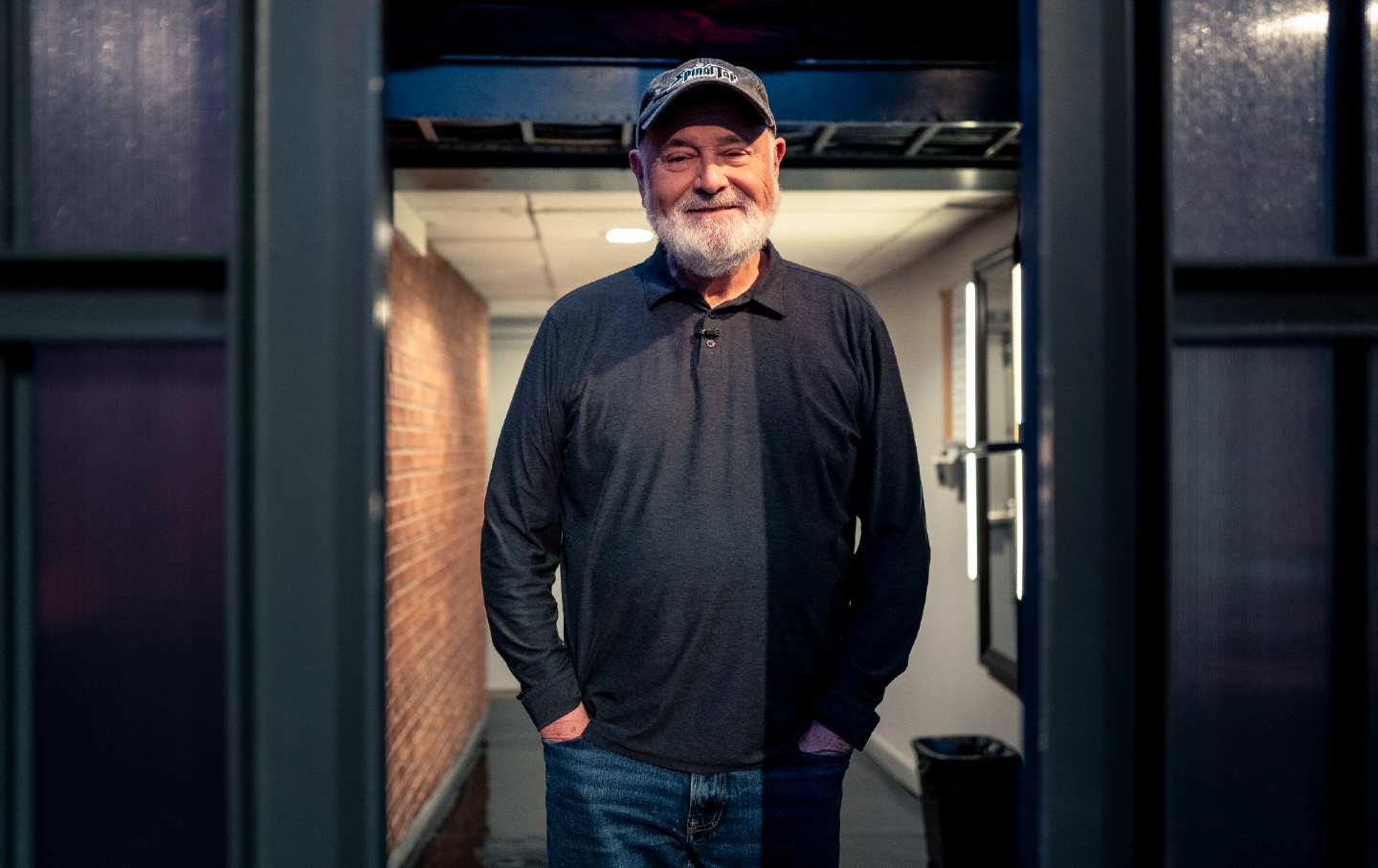
Rob Reiner’s Legacy Can't Be Sullied by Trump’s Shameful Attacks Rob Reiner’s Legacy Can't Be Sullied by Trump’s Shameful Attacks
The late actor and director leaves behind a roster of classic films—and a much safer and juster California.
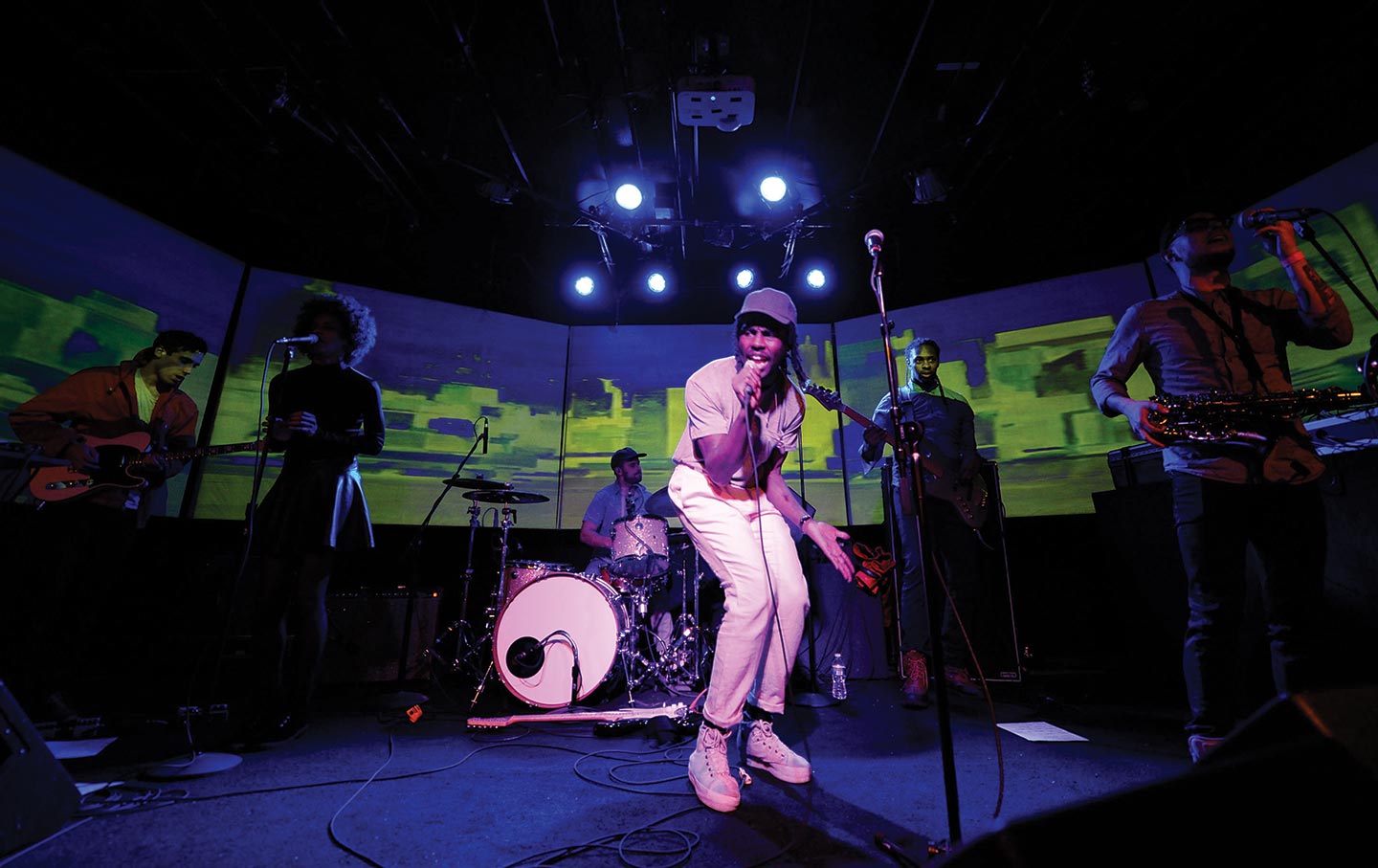
Blood Orange’s Sonic Experiments Blood Orange’s Sonic Experiments
Dev Hynes moves between grief and joy in Essex Honey, his most personal album yet.

